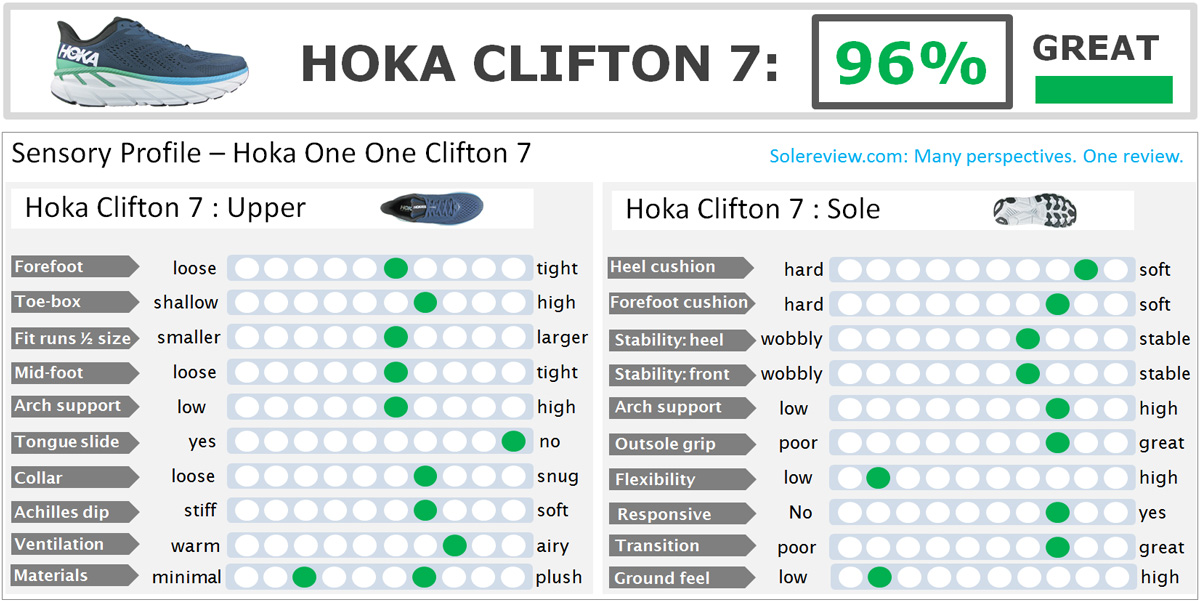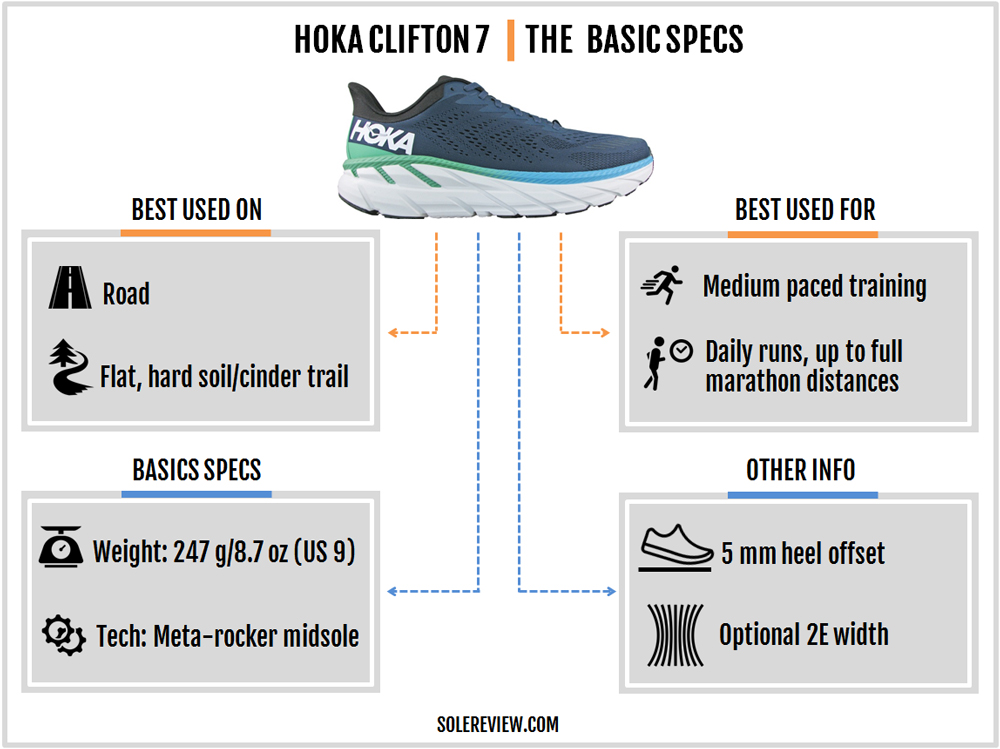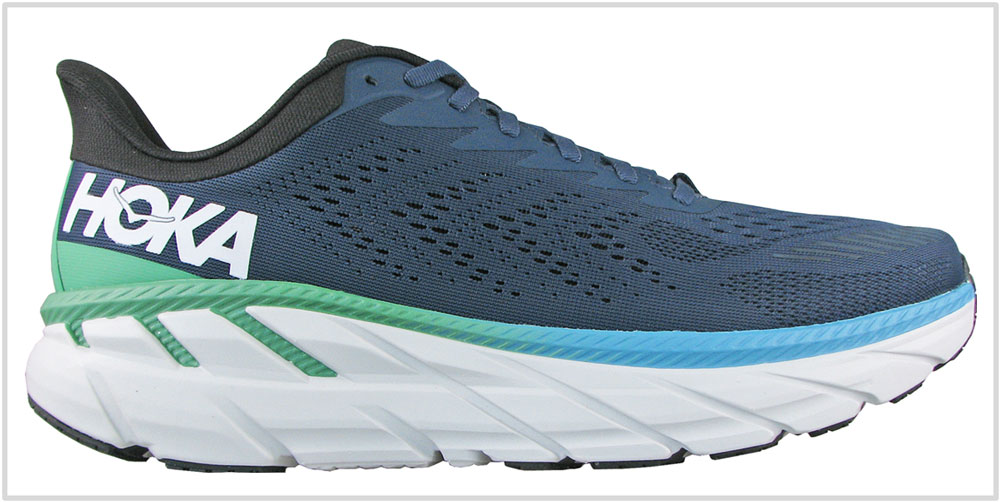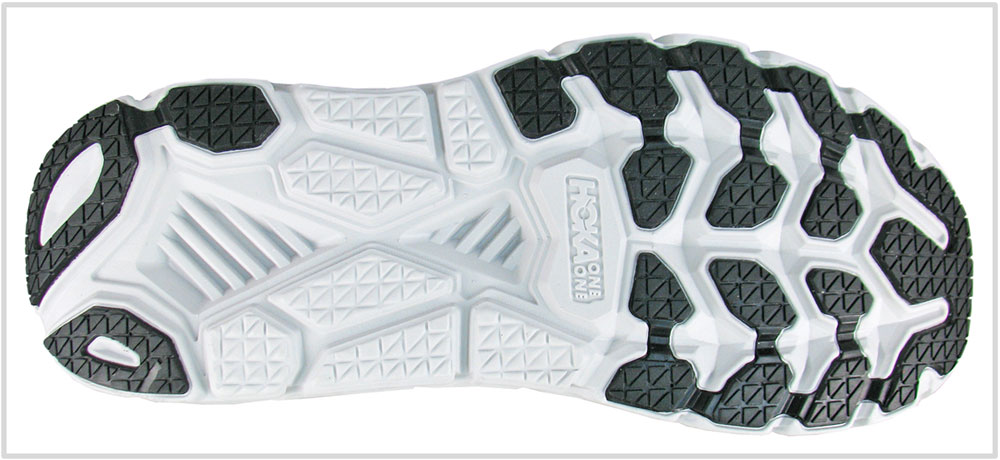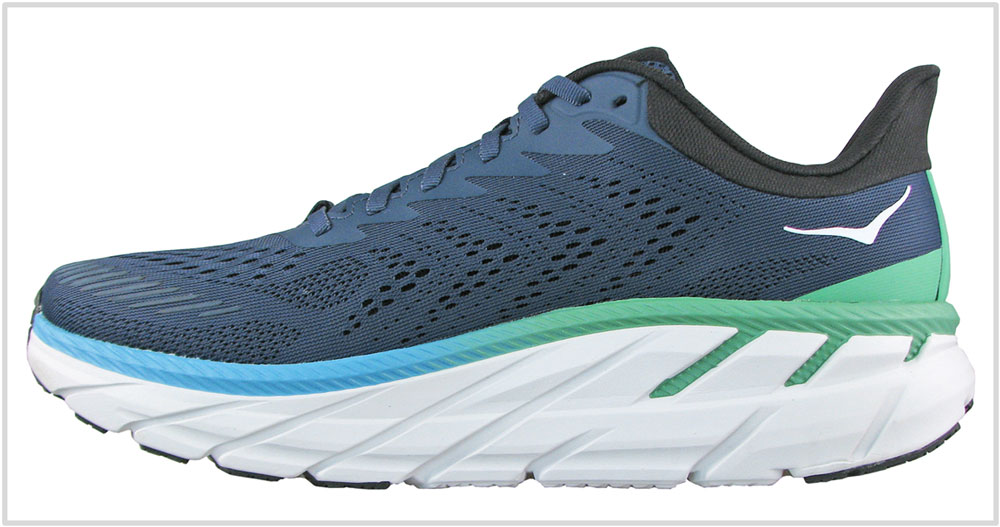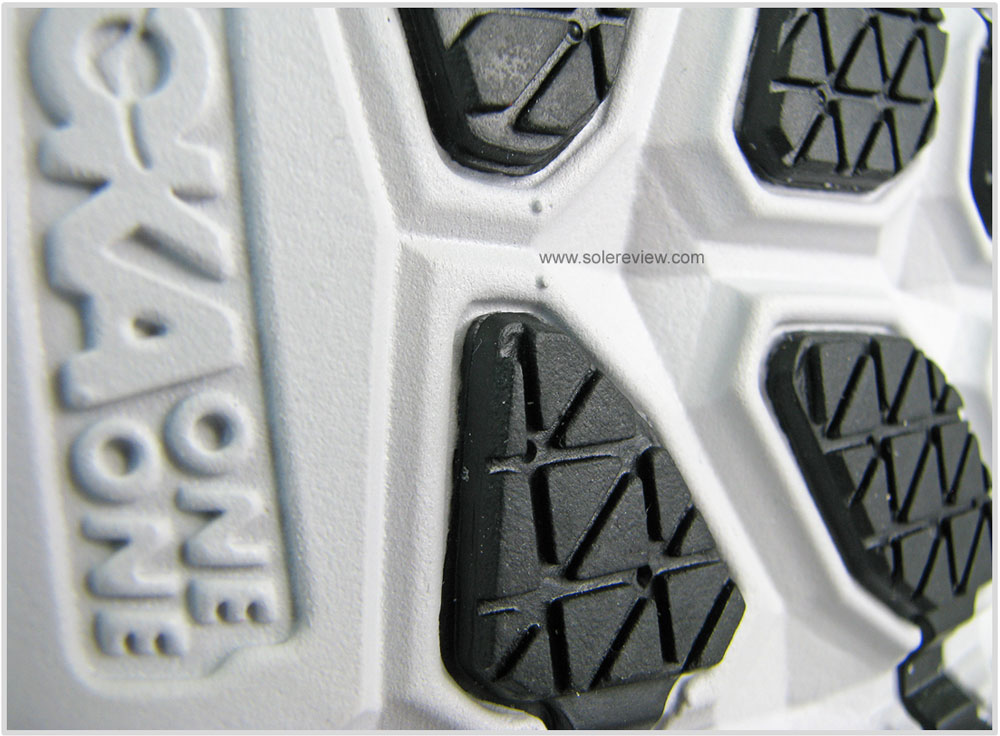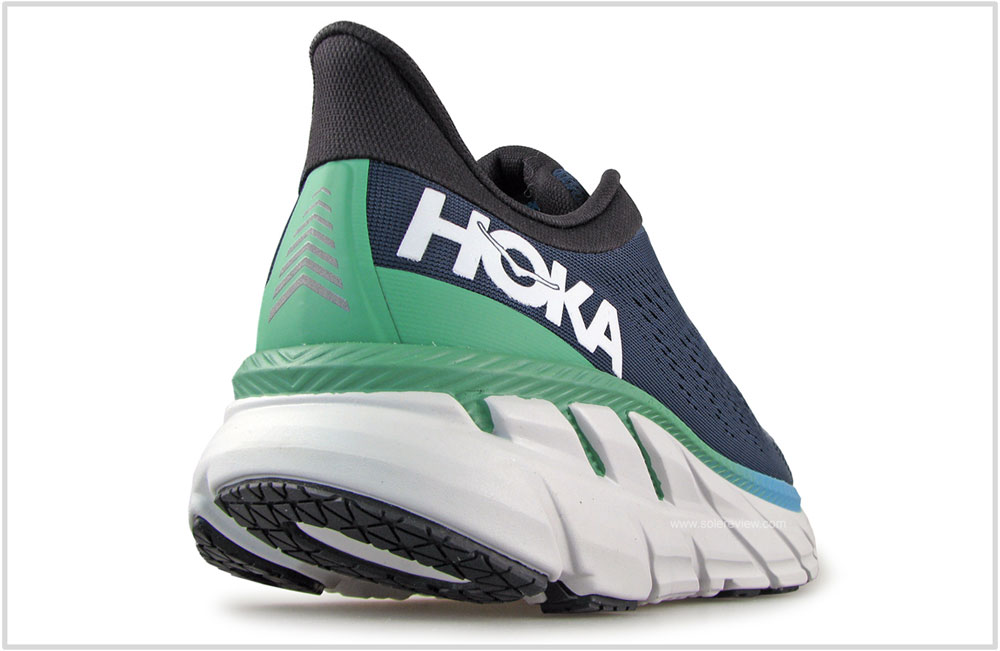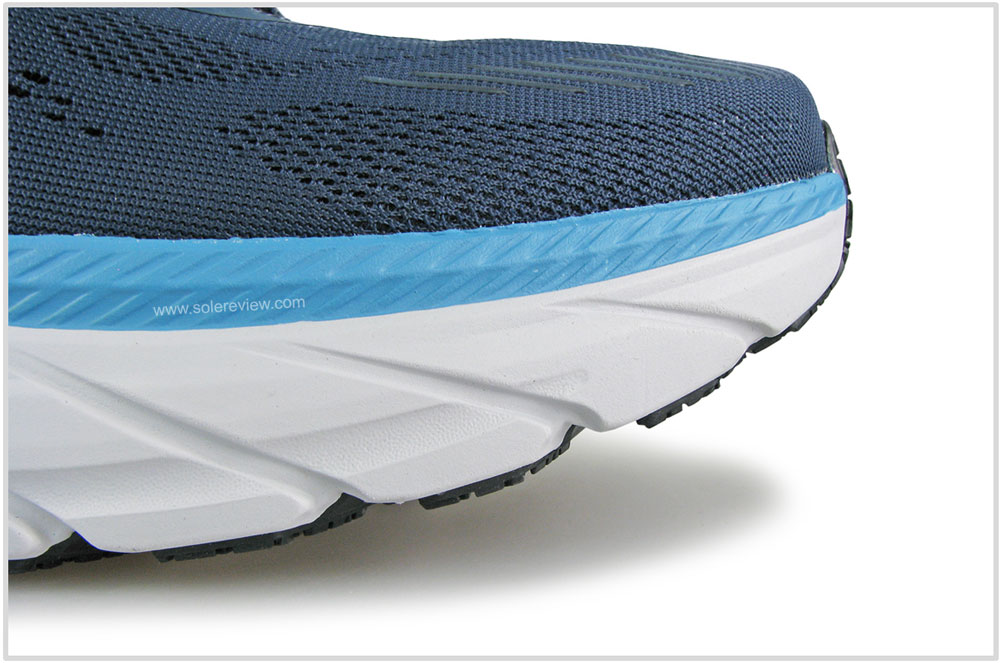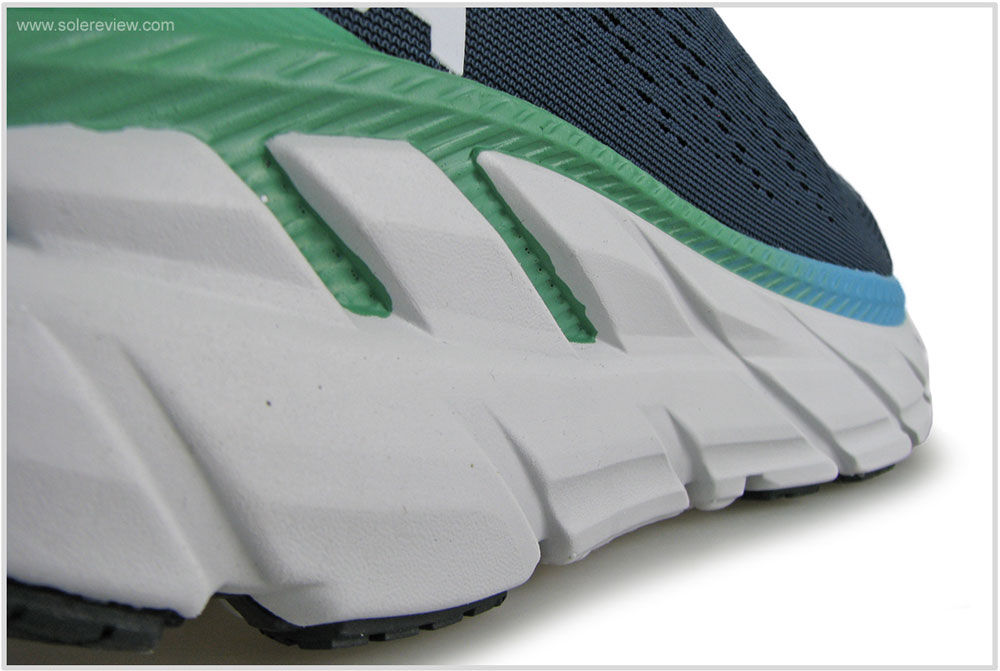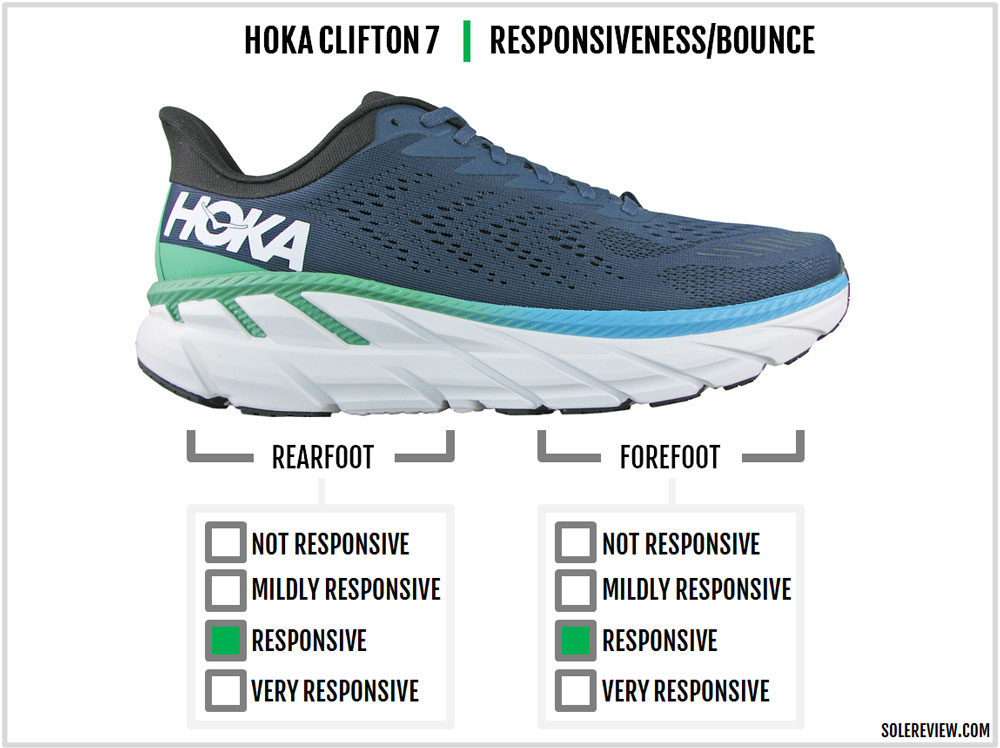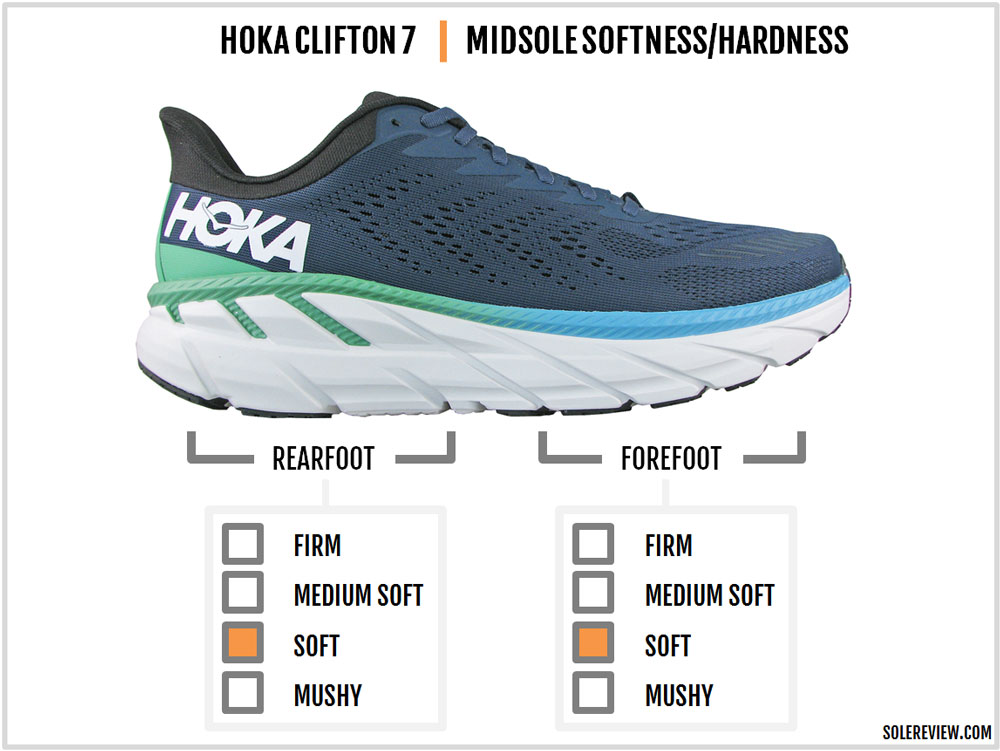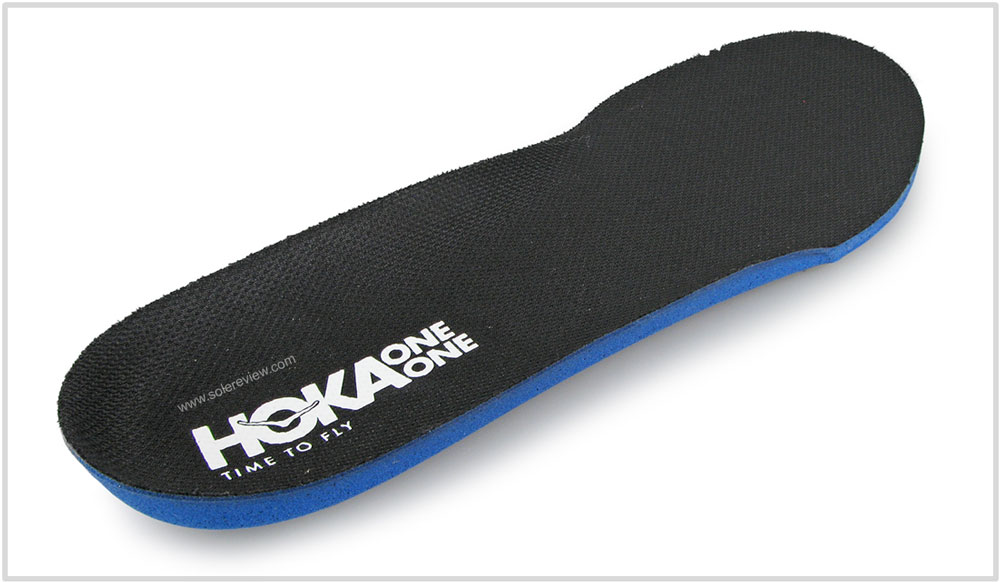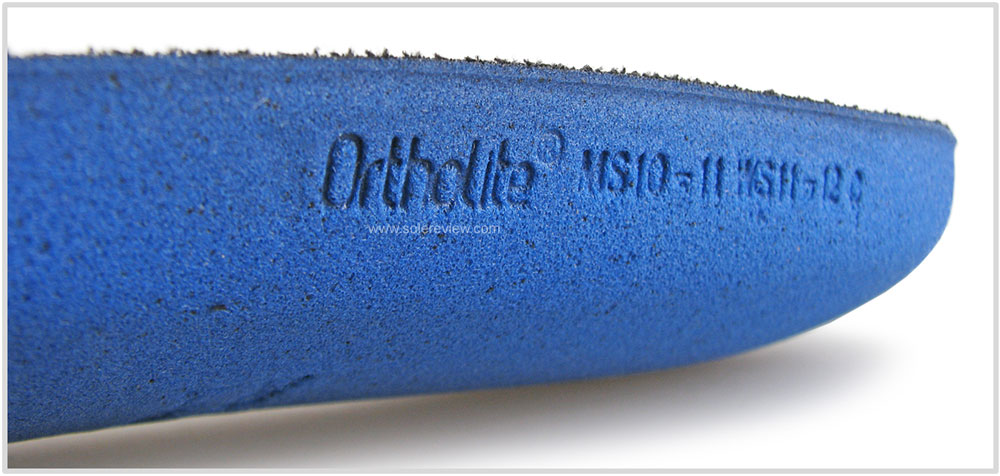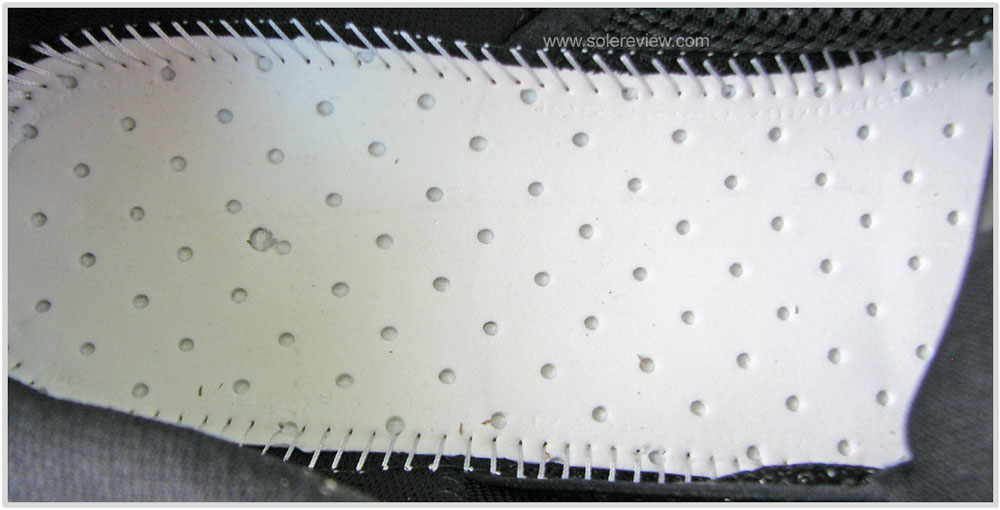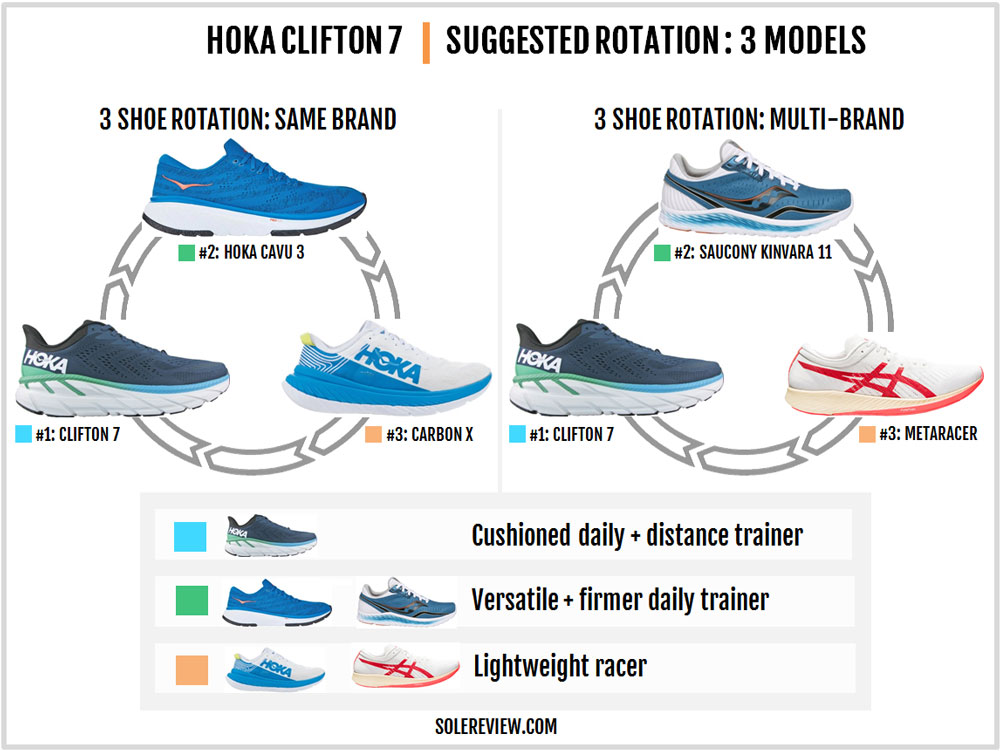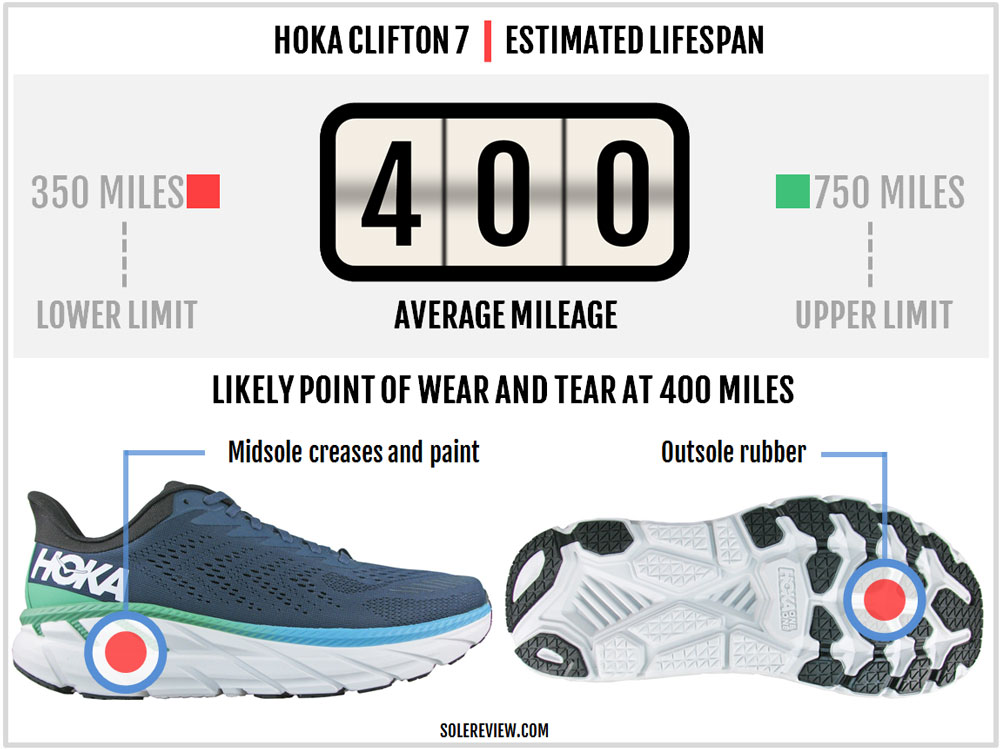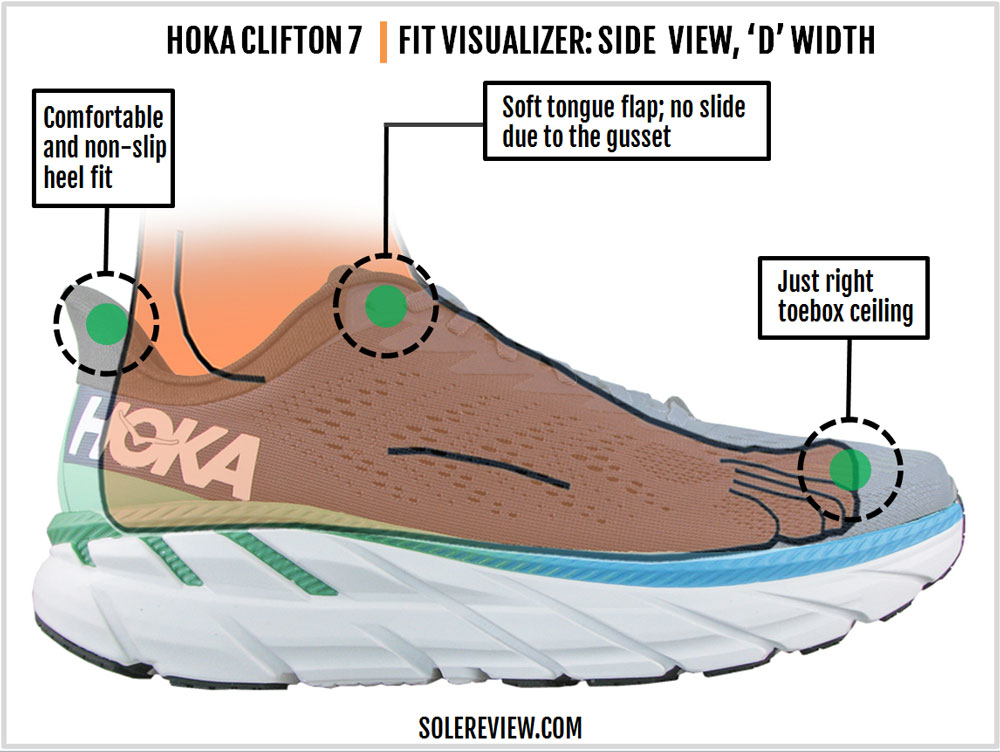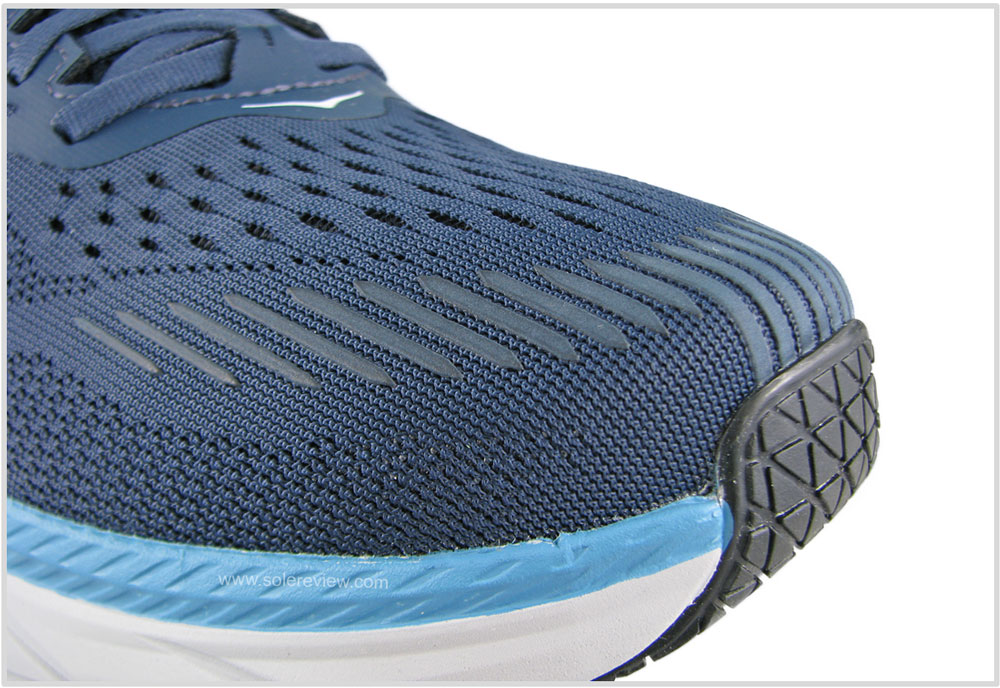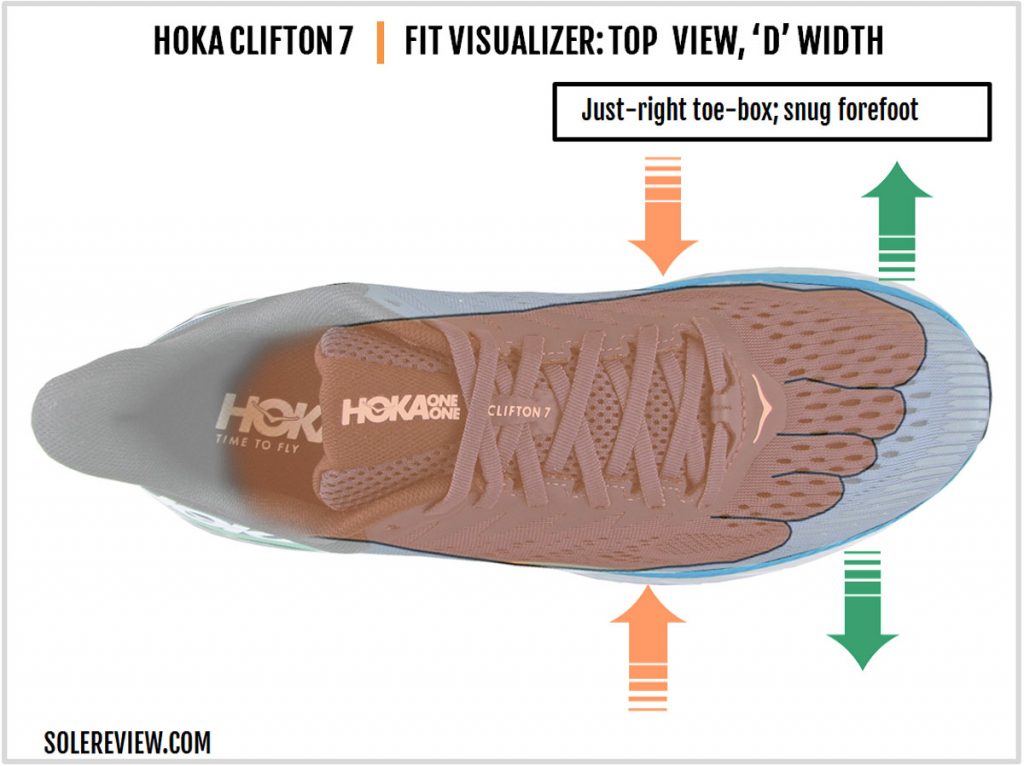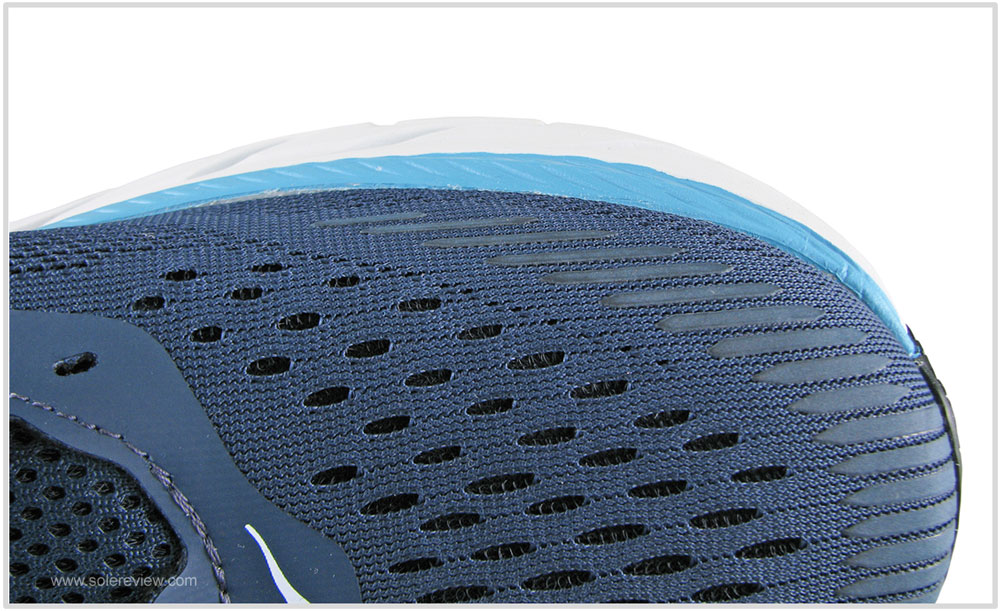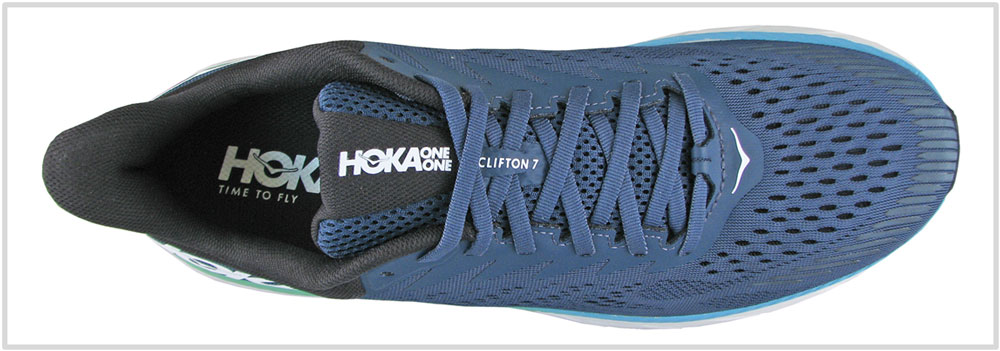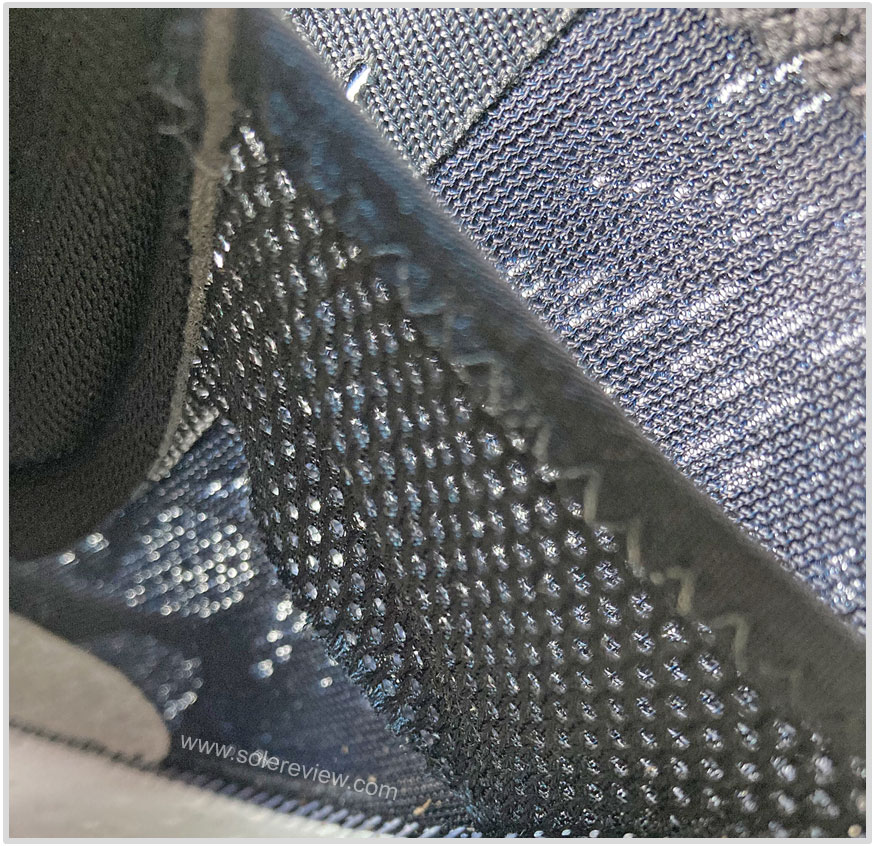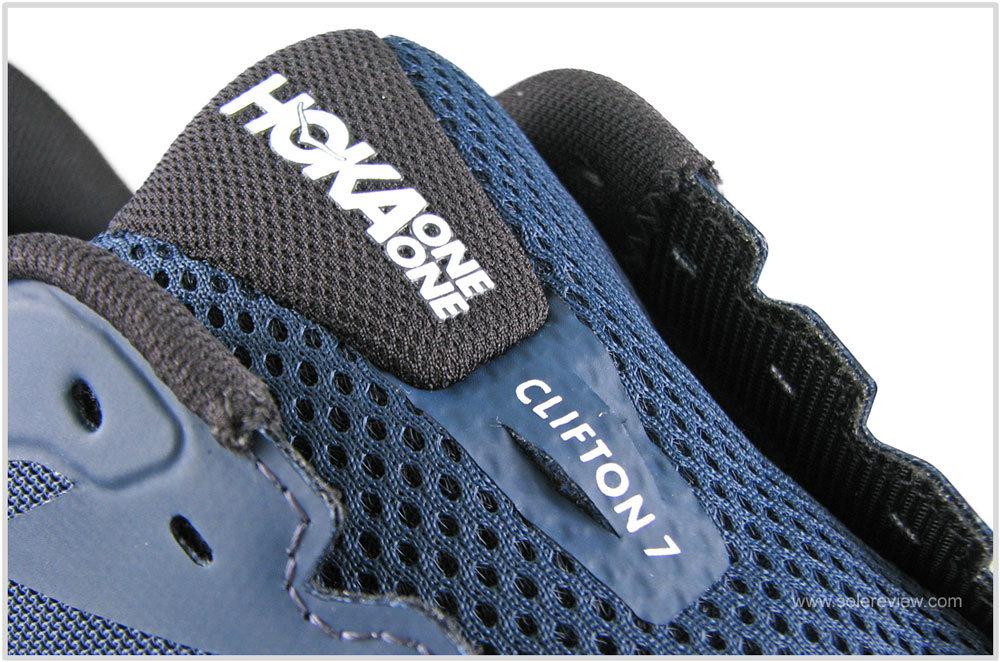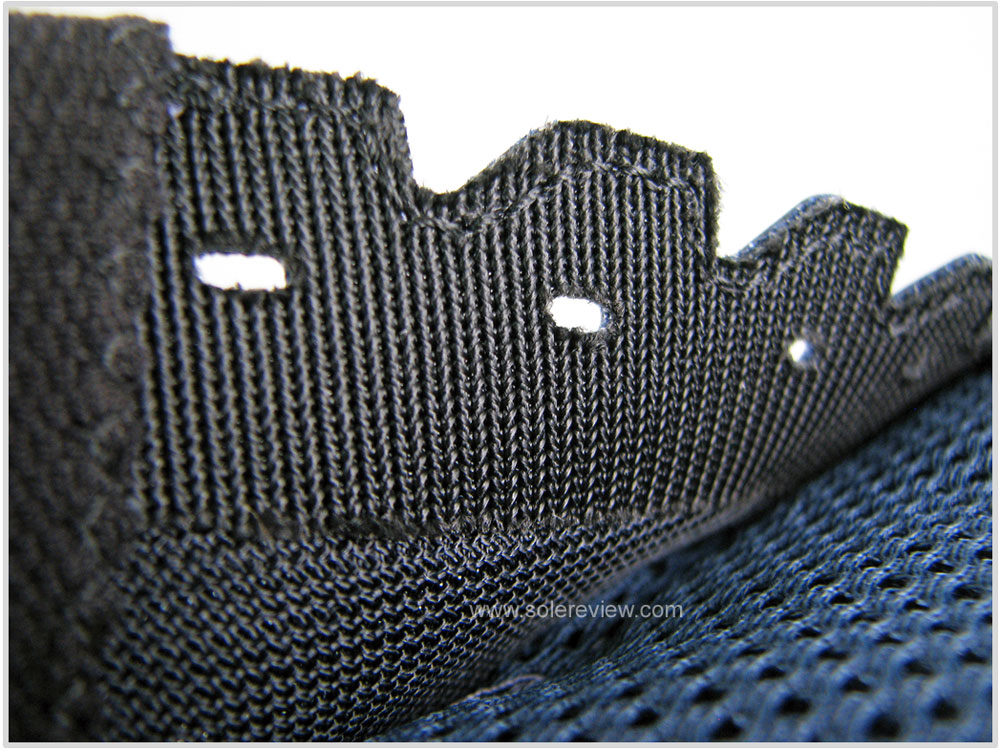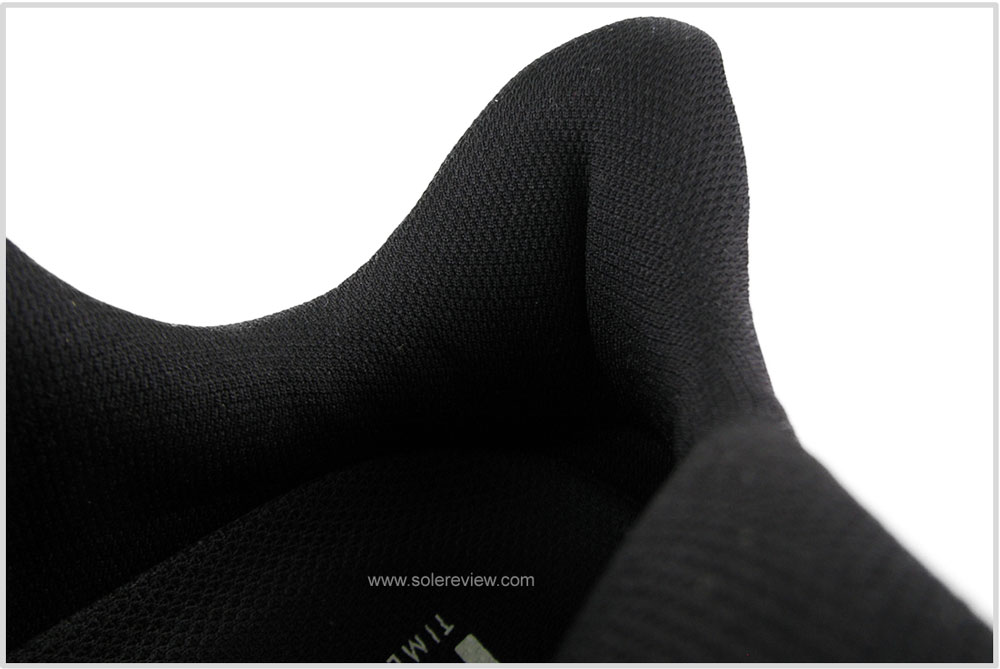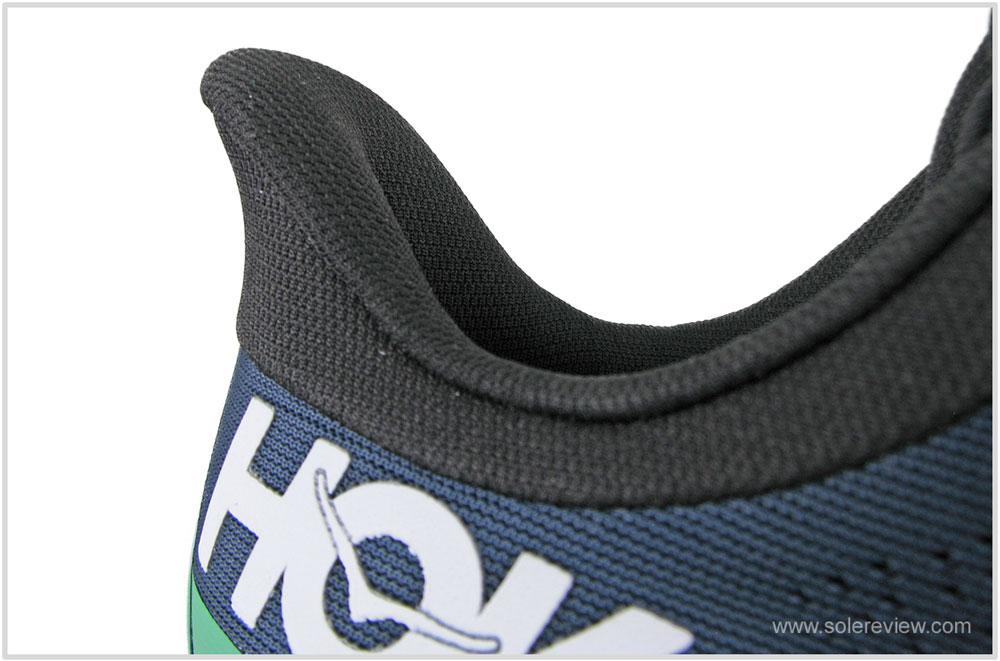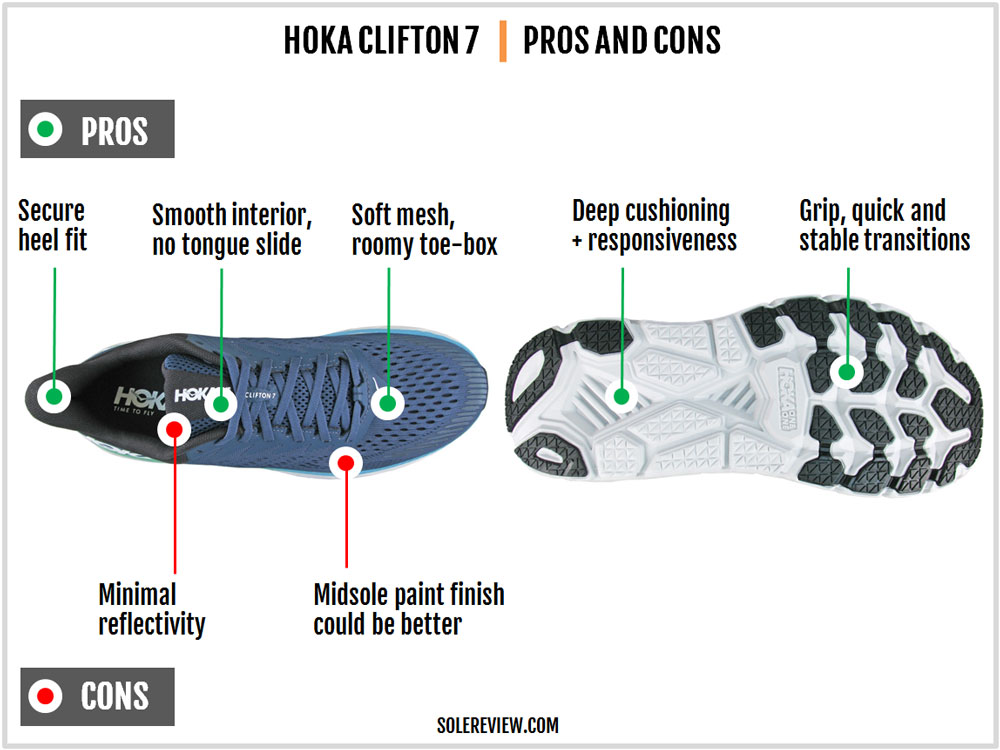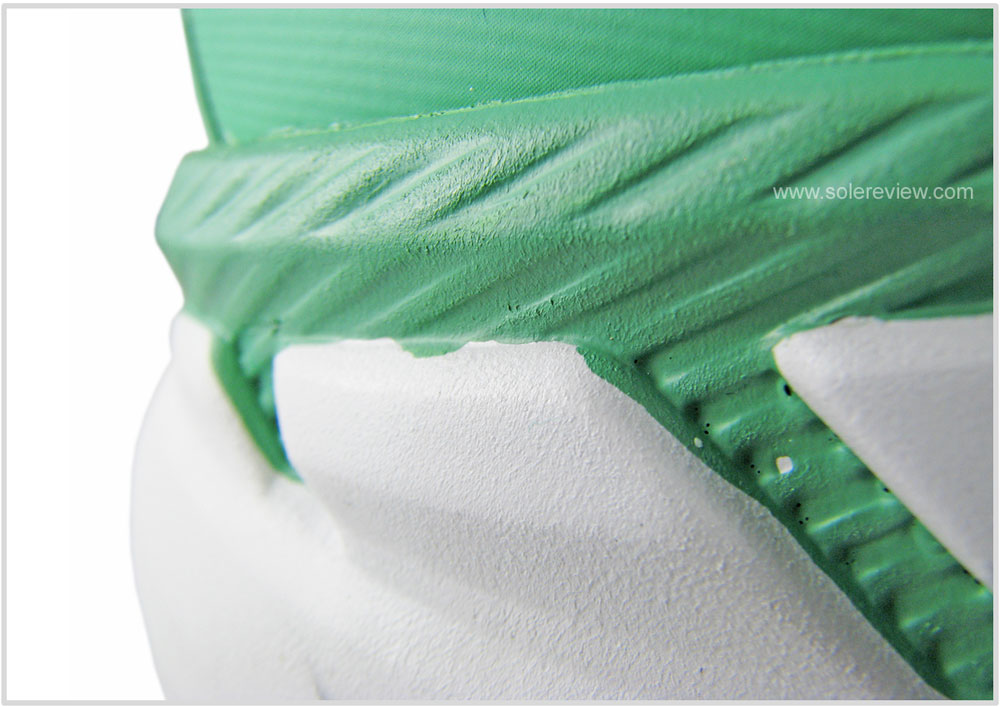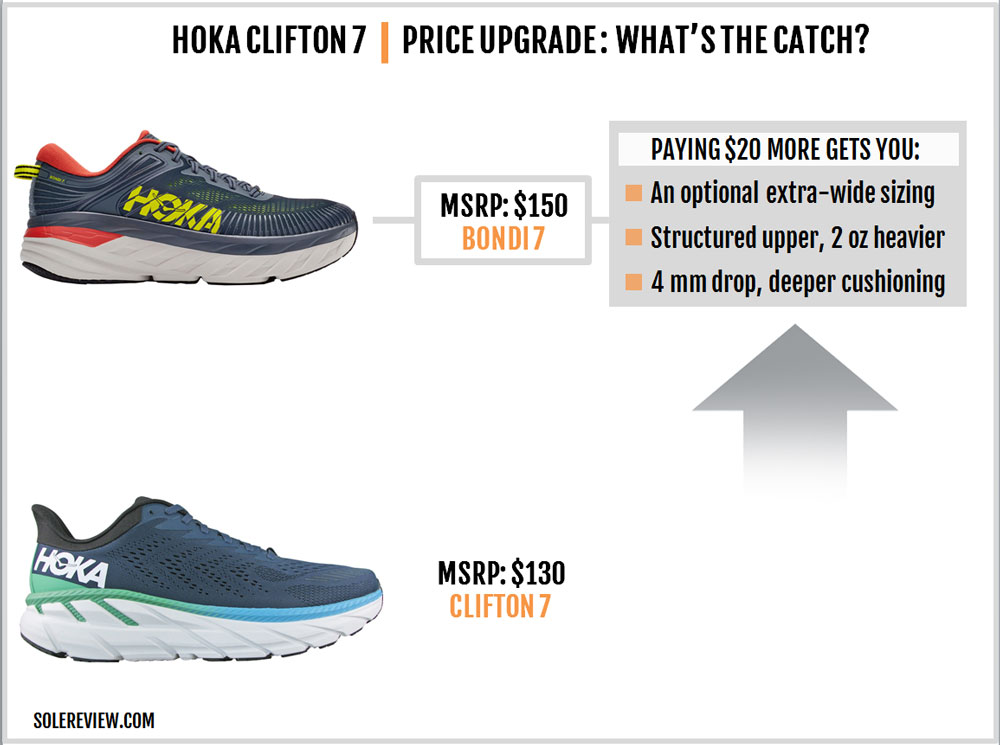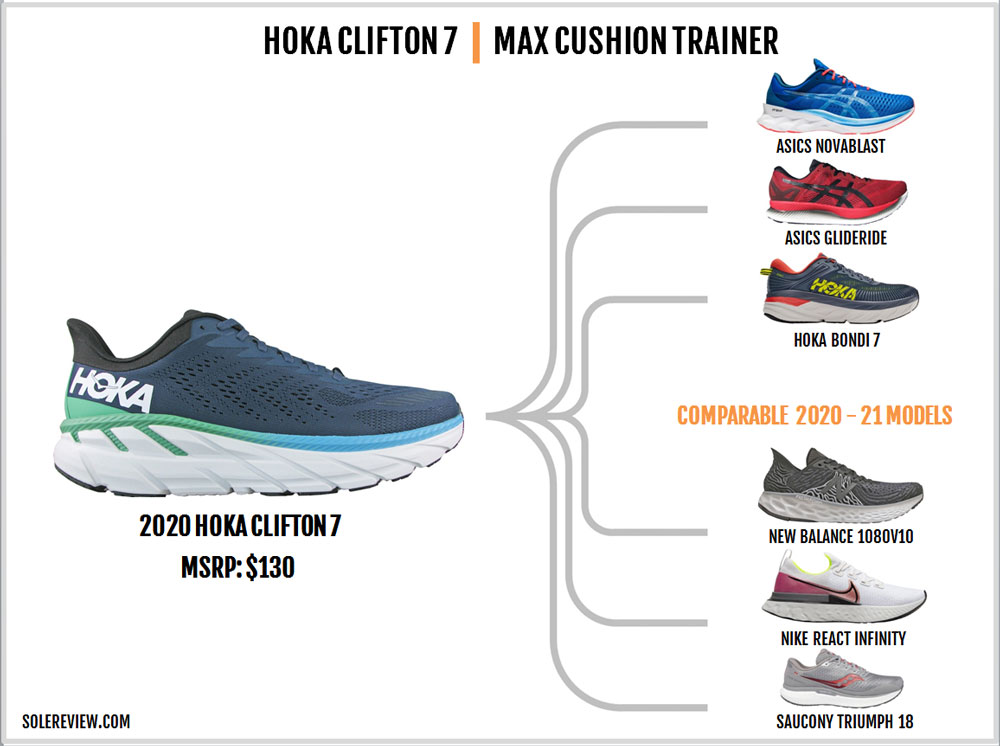INTRODUCTION
Over half a decade ago, a reader suggested that we review the Hoka Clifton. And we did.
Looking back, the original Clifton was the breakout shoe for Hoka One One. It was lightweight. It wasn’t insanely expensive. The maximal cushioning delivered by the midsole wasn’t intimidating.
The ride quality was just the right blend of softness and responsiveness. The rocker-shaped midsole gave the ride a forward-rolling transition quality. The wide midsole made the shoe fairly stable.
However, the upper had a strange fit. It was very snug in the front, that too on one side. The color bled on the socks when rubbed. The upper appeared to be cheaply put together and lacked finesse. The insole looked straight out of cheap running shoes that are often found on supermarket aisles, competing for shelf space with the likes of sugar-frosted cereals and instant Ramen.
Back then, we thought that if Hoka fixed the Clifton’s upper, it would be the perfect maximal trainer. What if the toe-box was spacious and comfortable? What if the upper construction wasn’t tardy? What if the insole was better?
Of course, that was wishful thinking. Hoka launched Clifton after Clifton in the years that followed, but none of them (except the V6) came close. We stopped reviewing the series after the Clifton 2. After all, why waste money on a pair of imperfect running shoes?
Recently, we bought the 2020 Clifton 7 on a lark. And one fit trial was all the convincing that was needed for an impulse buy.
Based on in-store impressions, the new upper was comfortable and soft on the inside. There were no hot-spots. While the forefoot was snug, the toe-box was roomy. The materials even looked premium and at par with the rest of the industry. The midsole felt great under the foot, and reminded us of the original Clifton.
Who would have thought that this twisted year would produce a rendition of the near-perfect Hoka Clifton?
In the months that followed, the Clifton 7 became a regular part of Solereview’s multi-shoe rotation – one that also included the fabled Nike Alphafly Next %.
We tried our best to find flaws with the Hoka Clifton 7. We even scoured the internet for other reviews that may have had a bad word to say. Not much luck there either.
That said, Solereview just cannot go about awarding 100% to running shoes, can it? A 100% score on this website will create a tear in the very fabric of time and space; some things aren’t supposed to happen.
So we resorted to nitpicking to dock some points, like highlighting ‘flaws’ such as the low level of reflectivity and less-than-ideal midsole paint.
But you get the idea. The Clifton 7 is a flawless execution of Hoka’s maximal cushioning intent. The midsole possesses the recognizable bouncy softness of the first version, along with the pace-friendly rocker shape and a wide base that imparts ride stability.
A Clifton upper with no fit issues worth mentioning? We thought that day would never arrive. The insides are soft, secure, and the material package befits the $130 price tag. Maybe a few will pick on the slightly snug forefoot fit, but that’s not a flaw per se.
It took more than half a decade, but Hoka finally got the Clifton upper right. We hope that Hoka doesn’t introduce ‘changes’ to the Clifton 8 unless they’re quantifiable improvements to the ride and fit character.
At the time of writing this review, the Clifton 7 is one of the best maximal cushioning shoes money can buy. The ride produces a soft, responsive, and lightweight cushioning without feeling slow or unstable.
THE CLIFTON 7 vs. CLIFTON 6
Both the versions share the same midsole, so the ride experience is identical – nothing to report there. The headlining act for the Clifton 7 is its new upper.
The redesigned toe-box no longer comes with a fused strip on top, and the midfoot is better ventilated due to the large pores and no stitching. The heel gets the flared Achilles treatment like the rest of the industry, with no negative impact on the heel grip.
THE RIDE EXPERIENCE
The Clifton 7’s midsole architecture is very simple, and that includes the materials. The foam isn’t made of expanded Polyurethane, sheathed PU, PEBA, or synthetic rubber; and Hoka makes no attempt to mask that in its marketing literature. This is a compression-molded EVA midsole – nothing more, nothing less.
Also absent are trending technologies like an internal Carbon fiber plate or cushioning inserts. Yes, Hoka does sell shoes with plate-infused midsoles, but the Clifton 7 isn’t one of them.
Instead, the Clifton 7 relies on traditional best practices to make the most of the ‘less is more’ design philosophy. The foam density is just right and hits the sweet spot between soft and firm.
At the same time, Hoka has managed to infuse a sense of responsive rebound into the midsole. This is what drew early adopters to the Hoka Clifton for the first time, so we’re glad to see the V7 exhibit the same characteristics.
A lot of other ride-related factors have either been left untouched – which is good – or improved upon. Here are a few things that haven’t changed.
The Clifton 7 has the same midsole and outsole as the 6 – a high-volume midsole that’s both high and wide. Most Hoka shoes have an uncommon base that runs very wide under the midfoot to maximize ground contact.
This is unusual because most running shoes have a slim midfoot waist. Thus, having a wider waist results in better stability and smoother transitions – something that most Hoka loyalists can attest to.
The wide midsole geometry also applies to the heel and forefoot. The foot sits reassuringly over the flared forefoot, a design that adds both cushioning and a supportive base for either landings or transitions.
The sidewalls are also higher than the insole (foot) level from the midfoot to heel. This ‘cups’ the foot on both sides and does a great job of centering the weight through the gait cycle.
The outsole rubber is applied sparingly but cleverly. Rubber lugs are mounted over the foam pods to result in an excellent grip without stiffness or adding excess weight.
The socially-distanced lugs ensure that both the midsole and outsole work together as one; the rubber lugs telescope into the softness instead of resisting the midsole.
The Clifton 7 has a rocker shape midsole that gives the ride its characteristic agility.
There’s a healthy distance between the edge of the midsole and the ground – both at the tip of the heel and toe. This ‘spring’ is what makes the difference between sluggish and quick transitions.
What’s also unchanged is the two-tone midsole color that makes it look like a dual-density layer. The upper midsole is painted on, as if there’s another layer of foam on top. The finish is somewhat sloppy, but it achieves the desired effect.
Some Hoka shoes like the Clifton Edge have a separate foam layer, but the Clifton has always been a single-density running shoe.
Though Hoka is getting into newer foams and such, it has perfected the art of delivering maximal cushioning through EVA midsoles. The Clifton’s midsole is a perfect example.
Here, a near-perfect blend of cushioning softness and responsiveness results in a ride quality that is both high-mileage friendly and agile.
With every foot-strike and the resulting transition(s), one feels a sense of deep cushioning that feels remarkably lively for the midsole shape and volume. There’s a sense of forward roll that bodes well for transitions.
Of course, helping that are factors such as the rocker profile and full-ground contact outsole. But as we pointed out in our review of the Saucony Endorphin Shift, it takes a lot more than a stiff forefoot and high toe spring to produce quick turnovers.
This sense of ride versatility is what has made the Clifton a crowd favorite. The ride is extremely comfortable for daily runs and on days where the distances stretch into double digits.
For easy runs of around 10 min/mile (6 min/km), the ride works like a charm. The foam midsole feels luxuriously padded under the foot; there’s also a blown foam Ortholite insole that adds a layer of step-in cushioning. The lasting is also perforated for easier access to the midsole – a feature that’s been present since the days of the first Clifton.
While the Clifton isn’t a speed shoe per se, it doesn’t feel energy-sapping even at steady 4:30 min/km or 7 min/mile paces. So yes, the shoe is good for most tempo or threshold runs; the smooth midsole ride helps maintain a consistent pace.
Naturally, there’s a hard limit to the Clifton’s speed-friendly capabilities. This isn’t a shoe we recommend for track workouts or fast intervals; there are better shoes for the job.
If you don’t plan to venture outside Hoka’s product universe, then your rotation will be sufficiently served by just two shoes. Get something lighter and lower profile like the Hoka Cavu 3 for faster days or intervals. If not the Cavu, a shoe like the Kinvara 11 (now 12) adds rotational value.
A third shoe could be a transition beast like the Hoka Carbon X or the Asics Metaracer. In both these models, the internal plate is used purely to assist transition by emphasizing the rocker aspect. The unique ride quality is a nice change from the Clifton and suits speedier runs.
On the other hand, if you’re suffering from Carbon Fiber fatigue, then simple road racers like the Reebok Run Fast Pro or the New Balance 1400V6 will fill in the rotational gap very nicely.
IS THE HOKA CLIFTON 7 DURABLE?
Even though the midsole is EVA foam-based, the Clifton holds its cushioning very well. Getting 400 miles out of the shoe is easy, with room for more before any noticeable cushioning degradation occurs.
Eventually, the insole will flatten and midsole creasing will happen, but not before you get your money’s worth out of the C-7.
THE UPPER DESIGN AND FIT
The Clifton 7’s upper is an easy home run. The upper is smooth, soft to the touch, and secures the foot without squeezing the life out of it. It is snug, but not uncomfortable at all. From a sizing perspective, the Clifton 7 fits true-to-size.
If you’re acquainted with the Clifton series, you’d know that always wasn’t the case. Even with a seemingly perfect ride, the upper had a thing or two that needed fixing.
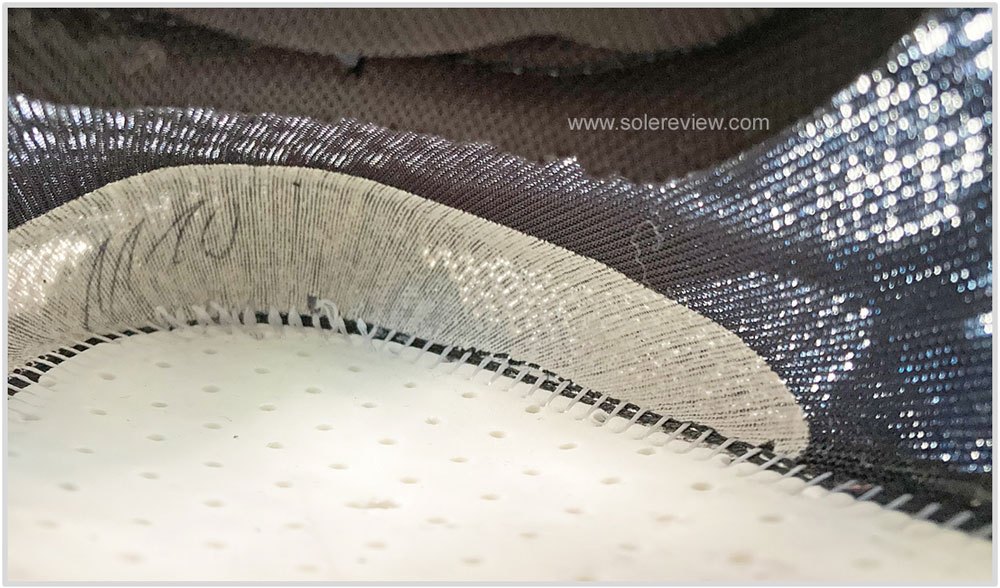
The internal bumper is a thin layer of fabric that adds structure without adding stiffness or discomfort.
Not this time. While an internal toe-bumper exists, the outsides are devoid of significant layering. This update frees much-needed space at the front. However, if you’re someone with wide feet or simply want more room, you’d be better served by the optional wide width.
Even the so-called ‘bumper’ is merely a thin piece of fabric that’s glued to the tip; it doesn’t eat into space or cause unwanted stiffness.
People often overlook the role of the midsole when assessing the upper fit. The Clifton 7 is a perfect example of why one shouldn’t. Looking at the shoe from above illustrates our point clearly.
The wide midsole flares outwards and does not infringe on the upper’s lasting boundaries – mostly. The Clifton’s midsole is widest under the toe-box and tapers towards the forefoot/midfoot area. This is why the toe-box feels broad while the forefoot is relatively narrow.
On the other extreme, shoes like racing flats have a thin midsole base that makes the fit narrower.
Hoka cleaned up the exteriors of the Clifton 7 to result in a streamlined aesthetic that also benefits the fit quality. The interior lining is smooth as well as breathable.
An internal gusset is attached to the tongue to center it and prevent sliding. The gusset is fairly thin, so it blends in nicely with other interior components. It’s interesting to note that Hoka has left the tongue loop undisturbed – it is usually found on shoes that lack a gusset to hold the tongue in place.
The tongue itself is soft and padded. A dual-mesh flap makes it more comfortable than the Clifton 6, not that the 6 was bad. The laces are similar to the previous version; soft and flat with a slight amount of stretch.
Hoka has paid attention to the smaller things for the 7. Instead of the flat eyestay of the 6, the fused layering on the outside even has molded details on the last two eyelets.
The panel itself has shark-tooth patterns for better aesthetics. On the inside, the lacing panel is reinforced to prevent tearing.
Even though the adidas UltraBoost-inspired heel lip will elicit ‘what have you done Hoka’ comments, the redesigned collar isn’t a fit concern. The padded Achilles lip is comfortable and grips well. An internal heel counter comes standard.
And just like the lacing eye-stay, the heel looks better even from the outside. The heel lining is turned over on the inside, giving the rear a pleasing two-tone effect.
Reflectivity is sadly amiss on the Clifton, save for the token placement over the heel.
PROS AND CONS
As you can tell, there’s not much wrong with the Clifton 7 – if at all.
The deeply cushioned ride is responsive as it is swift, and the wide base creates a planted base with plenty of support through the gait cycle. The split outsole has ample traction and works together with the midsole for smooth transitions.
The fit-related improvements make the fit more comfortable.
Except for the minimal low-light visibility elements and the sloppy midsole paint, the Clifton 7 nails most aspects of its fit and ride delivery.
THE CLIFTON 7 vs. BONDI 7
The Bondi 7 is two ounces heavier than the Clifton, and that reflects in its overall build.
The upper has a lot more structure with lots of outer layering. The memory foam-packed heel is plusher around the foot. Also, Hoka sells an optional extra-wide sizing in addition to a standard wide fit. The Clifton, on the other hand, only retails till a wide.
The beefier upholstery isn’t the only area of differentiation between the two models. The midsole is thicker and wide through the length, so the ride quality is noticeably more cushioned – in a deeper way.
The thicker midsole and higher weight make the Bondi stiffer and less versatile. Though the latter is great for easy runs of a high-mileage kind, there’s no shaking off the sense of bulk under the foot – relative to the Clifton, that is.
SHOES SIMILAR TO THE HOKA CLIFTON 7
Though the Asics Novablast has a 10 mm heel to toe offset, its ride quality shares many traits with the Clifton. Though the midsole volume isn’t the same as the Clifton, the Flytefoam is soft, responsive, and is packaged within a rocker-style midsole that promotes quick turnovers. The retail pricing is also on par with the Hoka. It runs long, so go a half-size down to get the best cushioning delivery.
The New Balance Fresh Foam 1080V10 is another option that marries deep cushioning with a rebound quality. Even the Nike React Infinity Run is getting there, and the Asics Glideride is also a cushioned and transition-friendly alternative.
A Hoka Bondi 7 gets you more of the deep Hoka cushioning but in a more structured form. The Saucony Triumph 18 may not have the quick and efficient transitions of the other shoes listed here, but it’s also a high-mileage trainer with plenty of underfoot comfort.
Do you own this shoe? Improve this review by sharing your insights – submit a review here.

